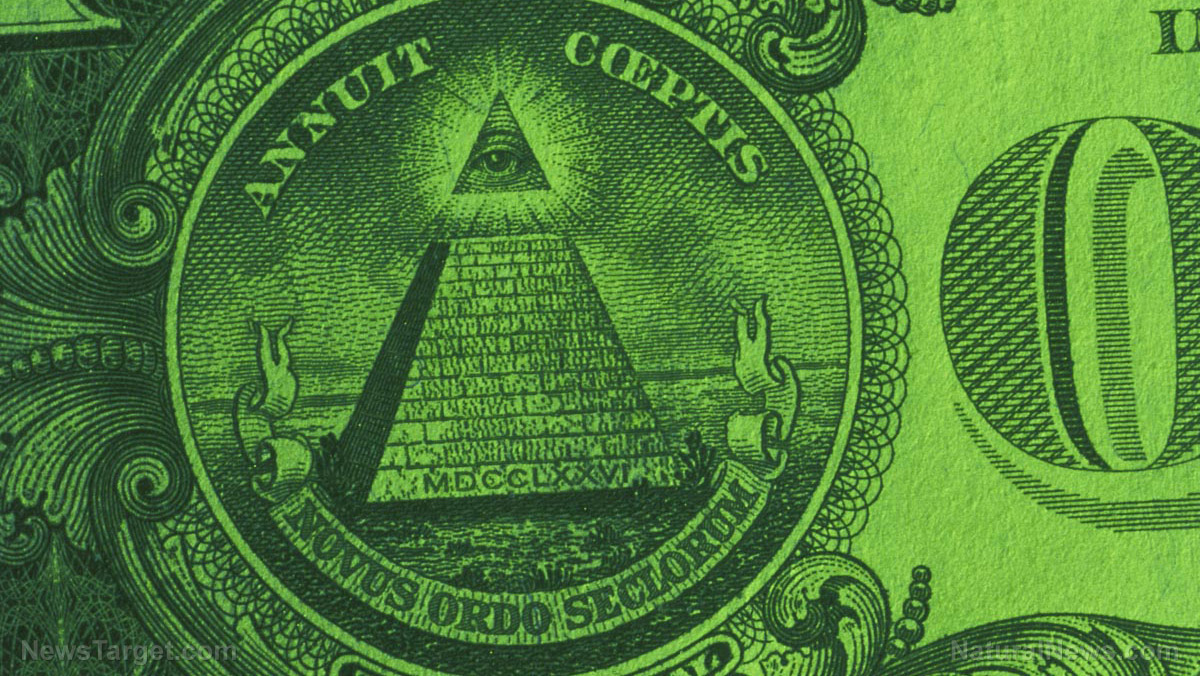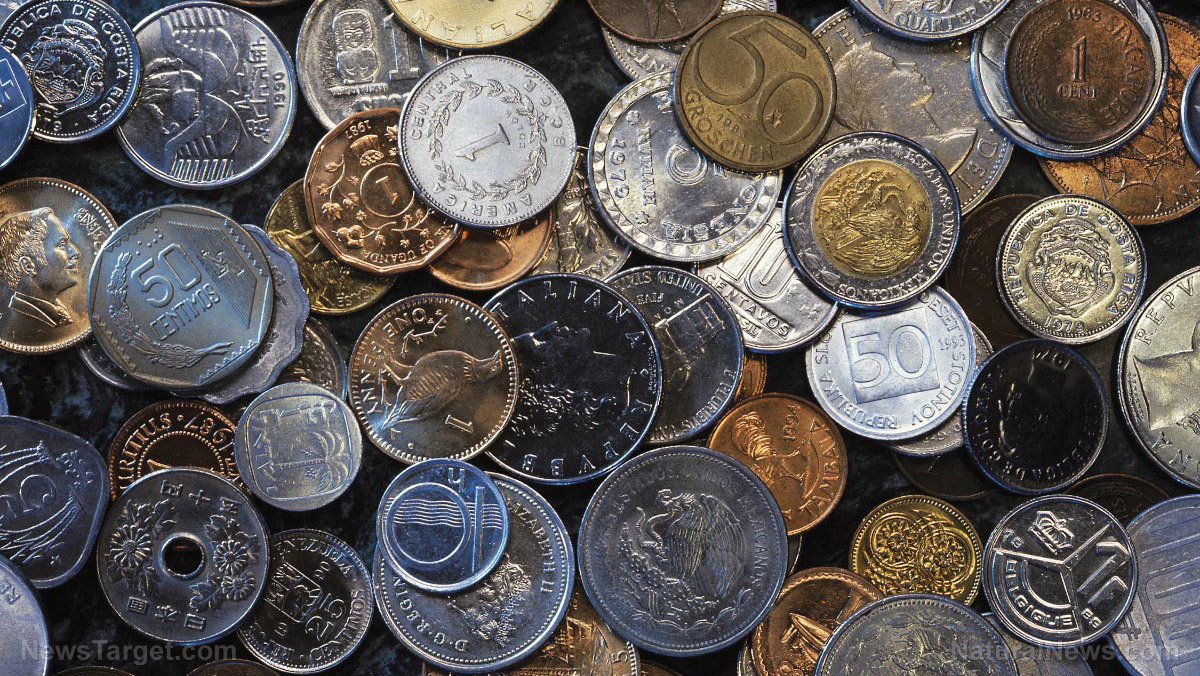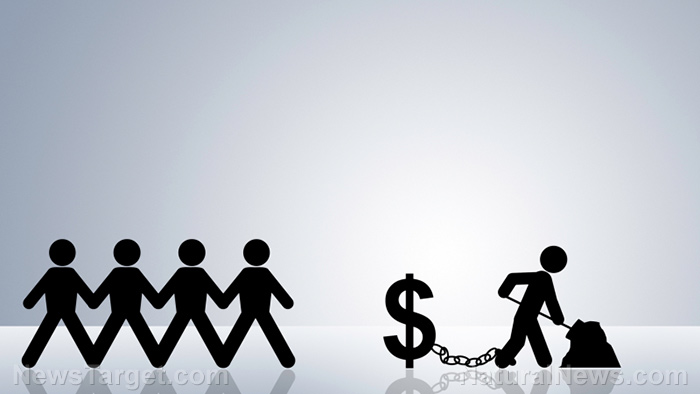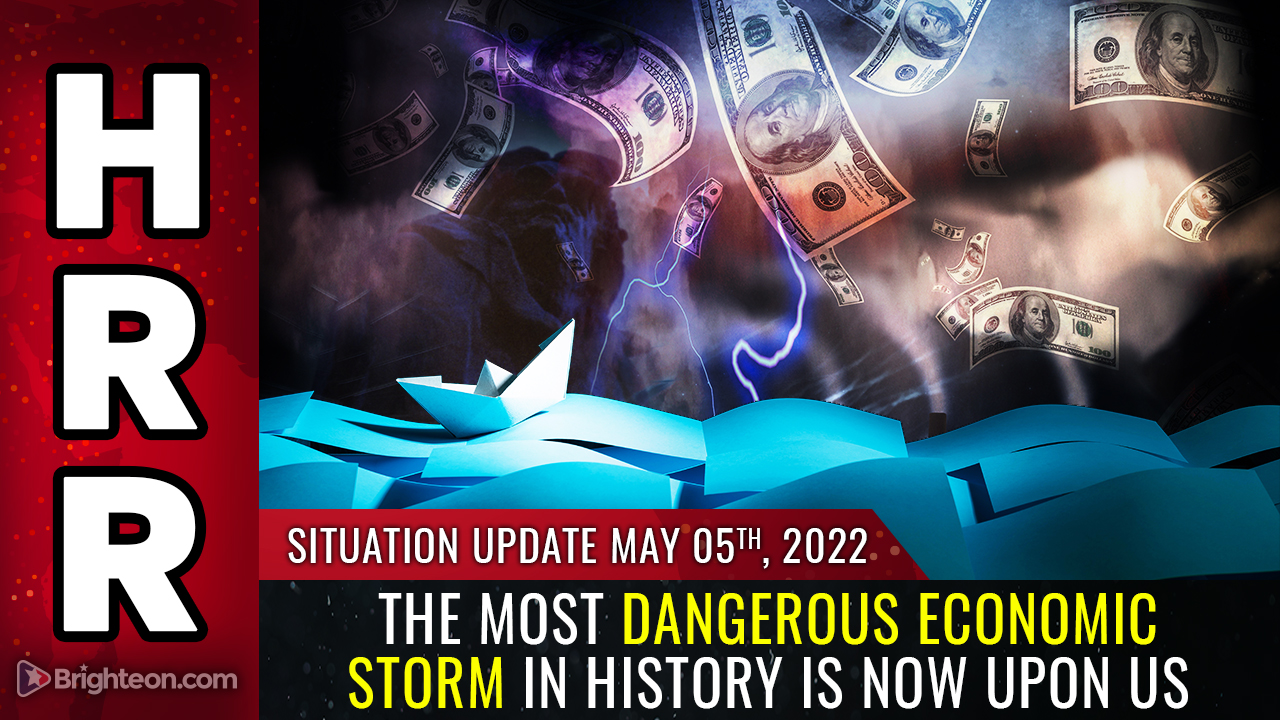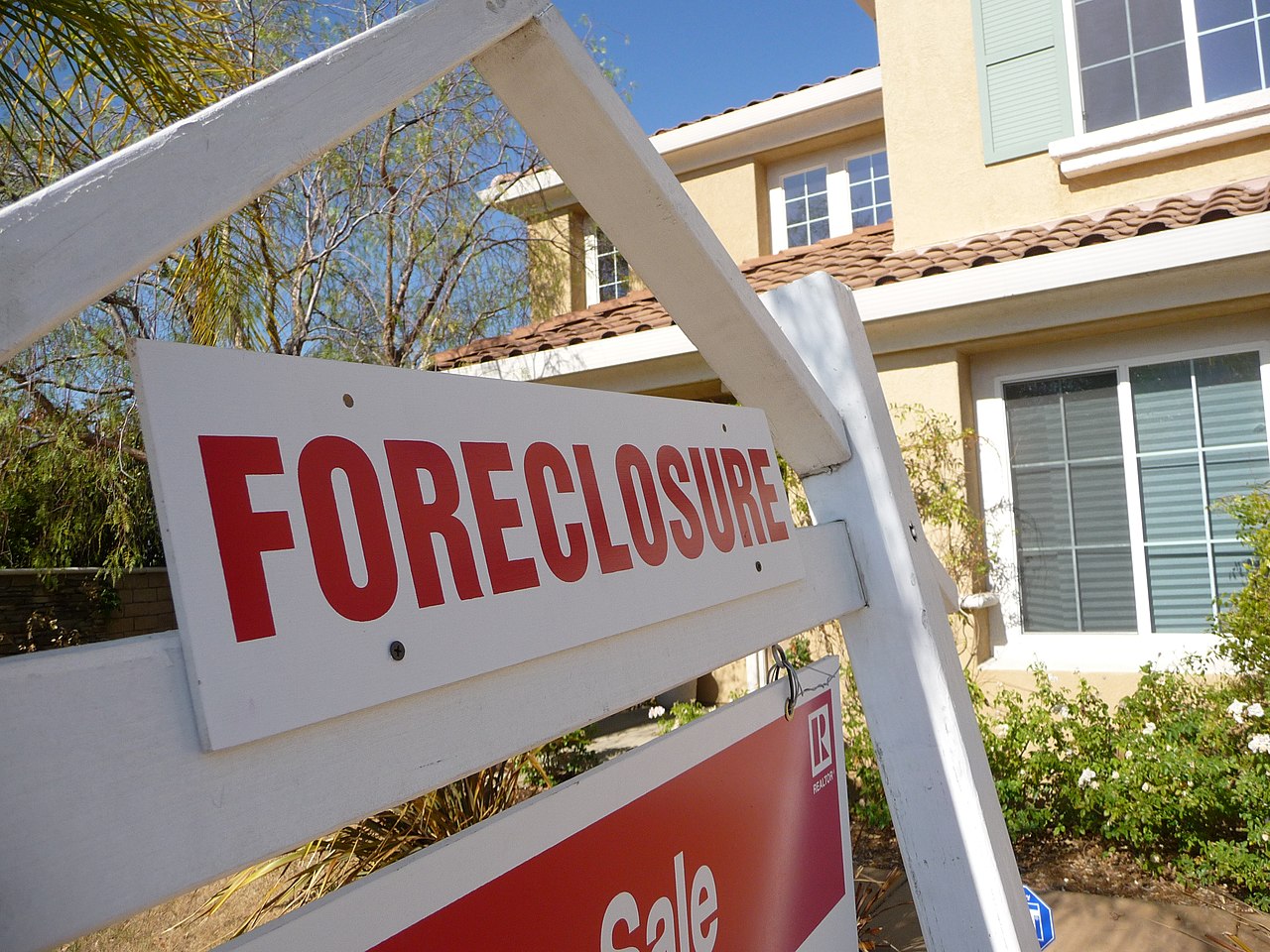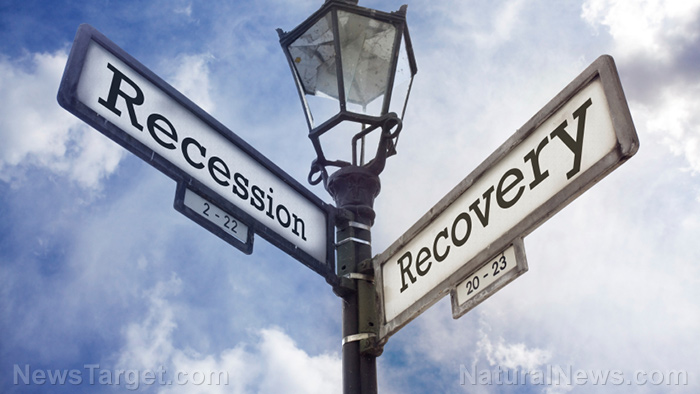No end in sight for inflation: Consumers and small businesses will continue to suffer as long as the money printing continues
02/16/2022 / By Mary Villareal
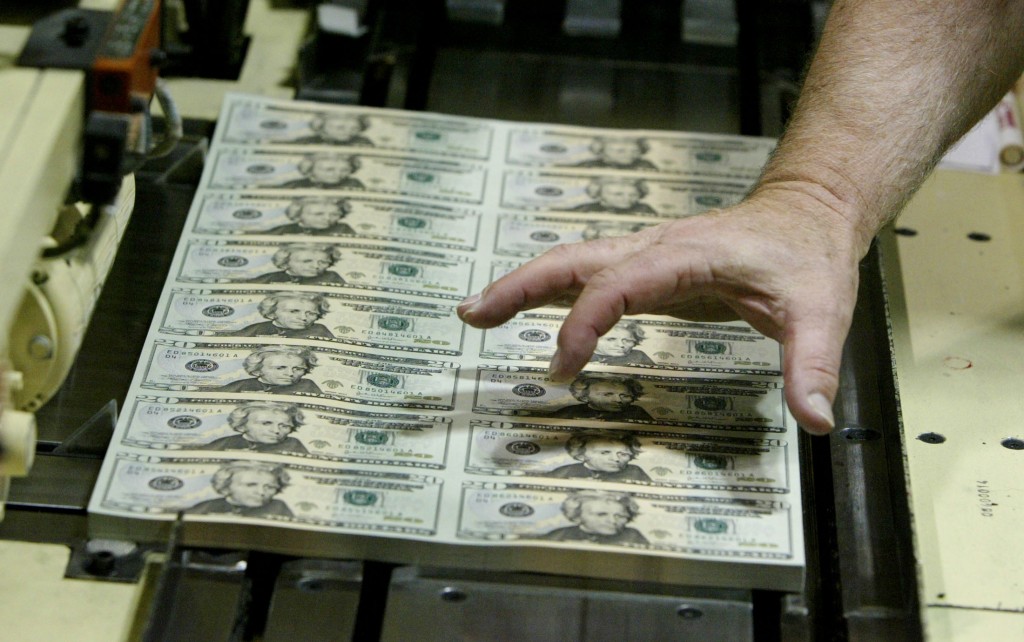
Consumer inflation reached 7.5 percent in the past year, and the increase in prices left only a few unscathed. Consumers and businesses all have to make difficult decisions as inflation and supply chain crisis take over the U.S. economy.
The supply chain crisis that magnified inflation since the Wuhan coronavirus (COVID-19) pandemic recession may start to ease in the coming months, but key trends still show prices are soaring. Higher wages, parts shortages, rent increases, robust consumer spending are unlikely to fade soon, and it is unclear when or by how much inflation may slow.
Higher wages, which are good for workers, have led many retail and restaurant chains to charge their customers more. Even Amazon announced that it will be raising the price of its annual Prime memberships due to increased labor and shipping costs.
The acceleration of apartment rents may likely keep inflation up at least through the end of the year. Meanwhile, rising prices from pandemic-battered industries like automobiles, goods and services, electricity, clothing and airfares suggest that the high inflation could outlast the pandemic.
Neil Dutta, an economist from Renaissance Macro, said that even if the government’s consumer price index excludes the costs of food, energy, housing and used cars, prices still rose 0.7 percent from December to January.
Around 74 percent of small business owners say they are experiencing rising costs of supplies, while the number of businesses passing on costs to customers has risen 47 percent in the first quarter. Another 32 percent of businesses indicate they will raise prices if inflation persists.
Concerns about inflation are connected to the outlook of small businesses to the supply chain. Currently, around 75 percent of small business owners say the issues will still likely be a problem six months from now, with 71 percent not confident in the ability of the Federal Reserve to control the inflation. (Related: Online shopping hit by inflation during pandemic.)
The problem is not for smaller businesses to bear on their own. Many big corporations also said that even after they’ve raised prices, the customers kept on buying, thanks to rising wages and higher savings boosted by the government stimulus in 2021, which likely helped keep consumer demand strong. Over time, high levels of spending and wages can still further fuel price hikes.
Starbucks COO John Culver said they have not seen any meaningful impact on customer demand despite their company’s two price hikes in the last year. “Our customer demand continues to grow.”
Starbucks CEO Kevin Johnson said further price hikes are planned for this year as well.
Analysts warn customer spending may slow down
Many analysts warn that the spending would slow down once the government’s stimulus programs expires. However, early signs suggest that this has not happened yet. The Bank of America said this week that the spending through its credit and debit cards and other digital platforms jumped 17 percent compared to the previous month, and it is also roughly double the pre-pandemic pace. Moreover, the rise did not just reflect price increases; transactions also increased by 10 percent.
Bank of America CEO Brian Moynihan suggested that the spending jump reflected the rising paychecks rather than taking on more debt because even with all the spending, customer bank accounts still grew in the past year.
One of the major contributing factors in the surging inflation is the apartment rental rates, which rose 0.5 percent in January, the largest in 20 years. As more people returned to the cities after leaving in the early months of the pandemic, the apartment vacancy rate has reached its lowest levels since the mid-1980s.
Moreover, job growth is strong. And more young people are expected to move out on their own, raising the demand for apartments. (Related: Despite wage increases, the average US worker lost money in 2021 due to soaring inflation.)
The increase in home prices also pushed higher-income families to rent, enabling landlords to charge higher rents and crowd out the others. Asking prices for new apartment leases jumped almost 11 percent last fall compared to the previous year. The leasing increase will take time to feed through the figures too, as it will measure all rents, including renewals.
More related stories:
US factory orders PLUMMETED in December due to inflation, shortages.
EPIC FAIL: Biden’s first year in office marred by worst annual inflation in four decades.
Inflation and Biden economic policies forcing more Americans to turn to food banks.
The Federal Reserve hides price inflation, but why?
Watch the video below to learn more about inflation.
This video is from the Thrivetime Show channel on Brighteon.com.
Follow Collapse.news for more news related to inflation.
Sources include:
Submit a correction >>
Tagged Under:
apartment rentals, Bubble, chaos, Collapse, debt collapse, economy, finance, Inflation, market crash, money supply, price hikes, products, Real Estate, risk, small businesses, US economy, wage increase
This article may contain statements that reflect the opinion of the author
RECENT NEWS & ARTICLES
COPYRIGHT © 2017 RISK NEWS



